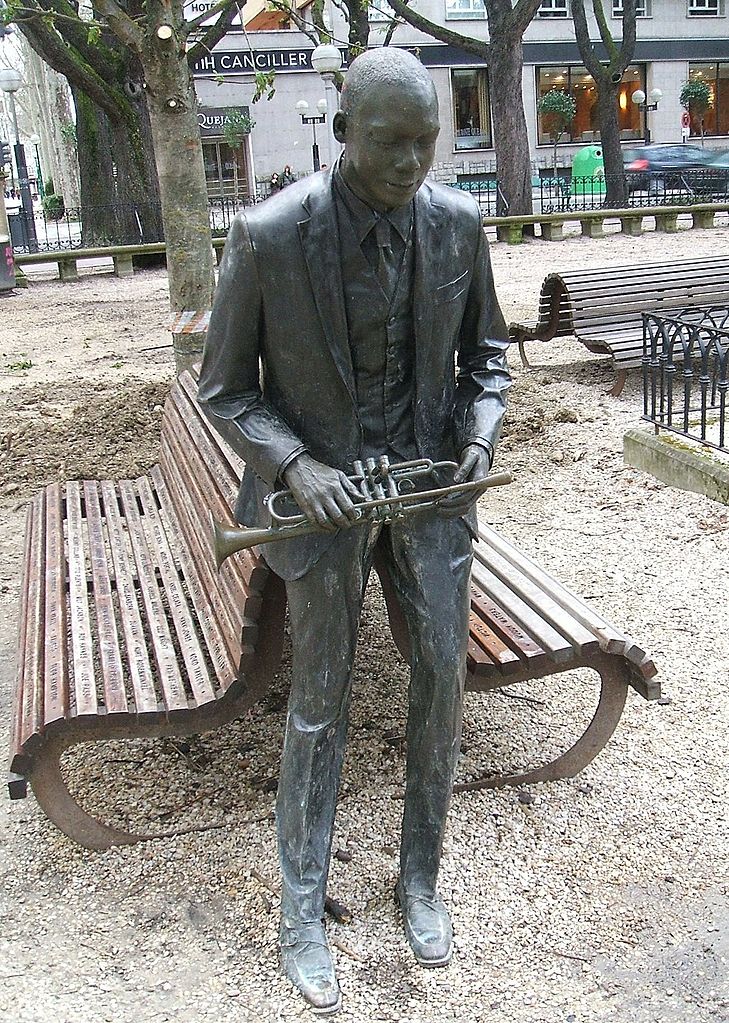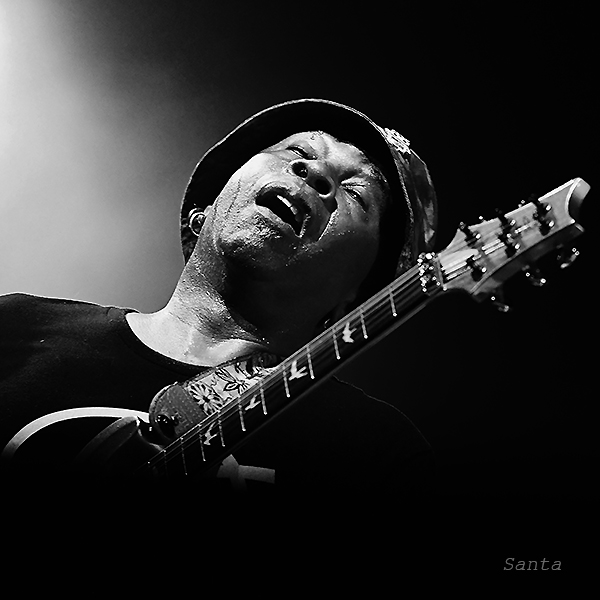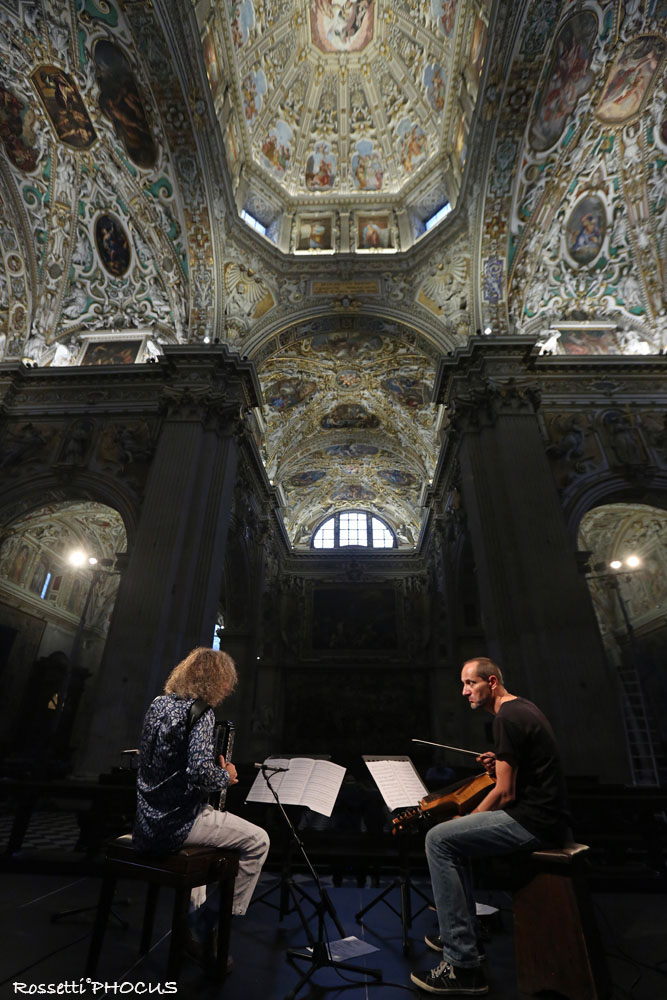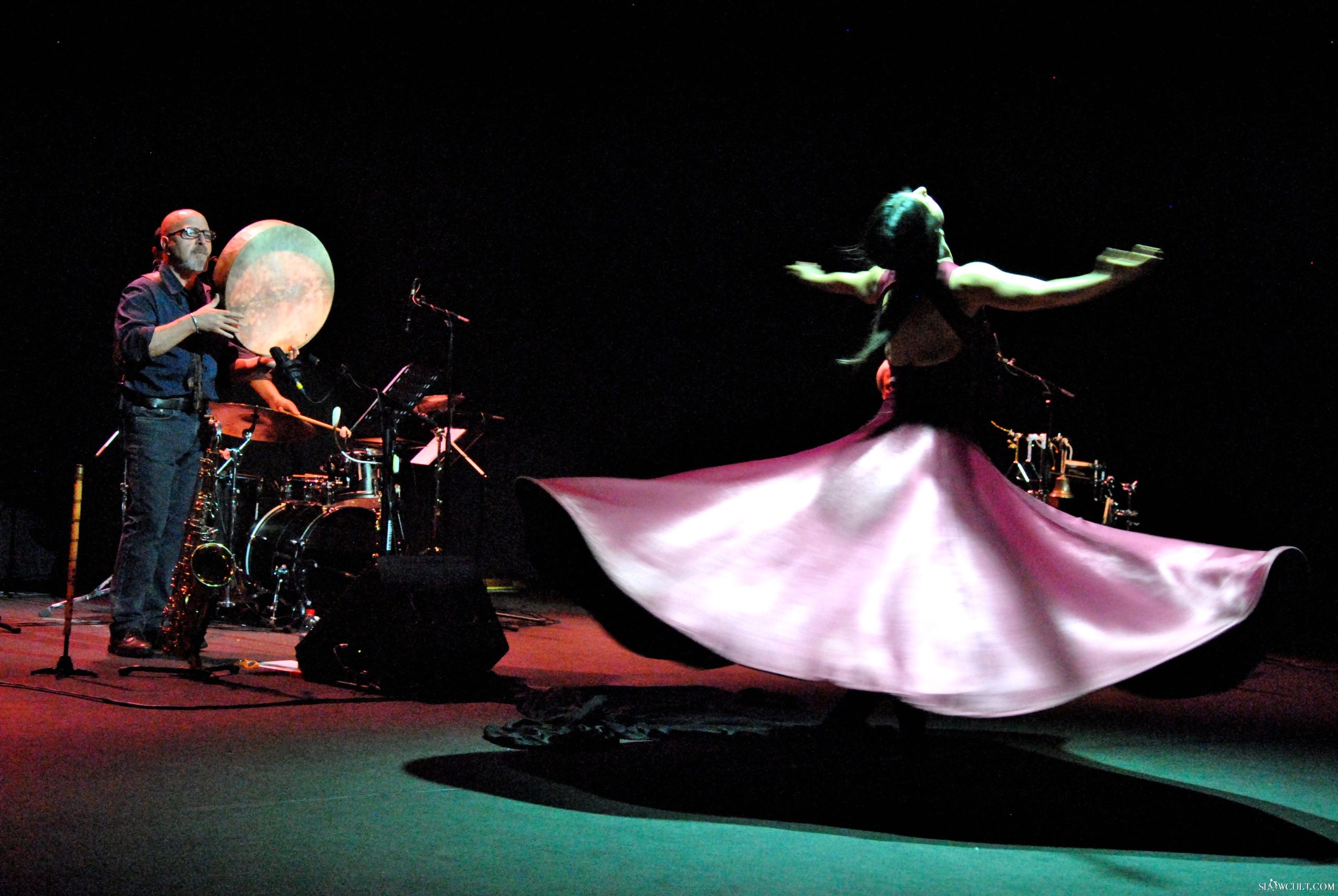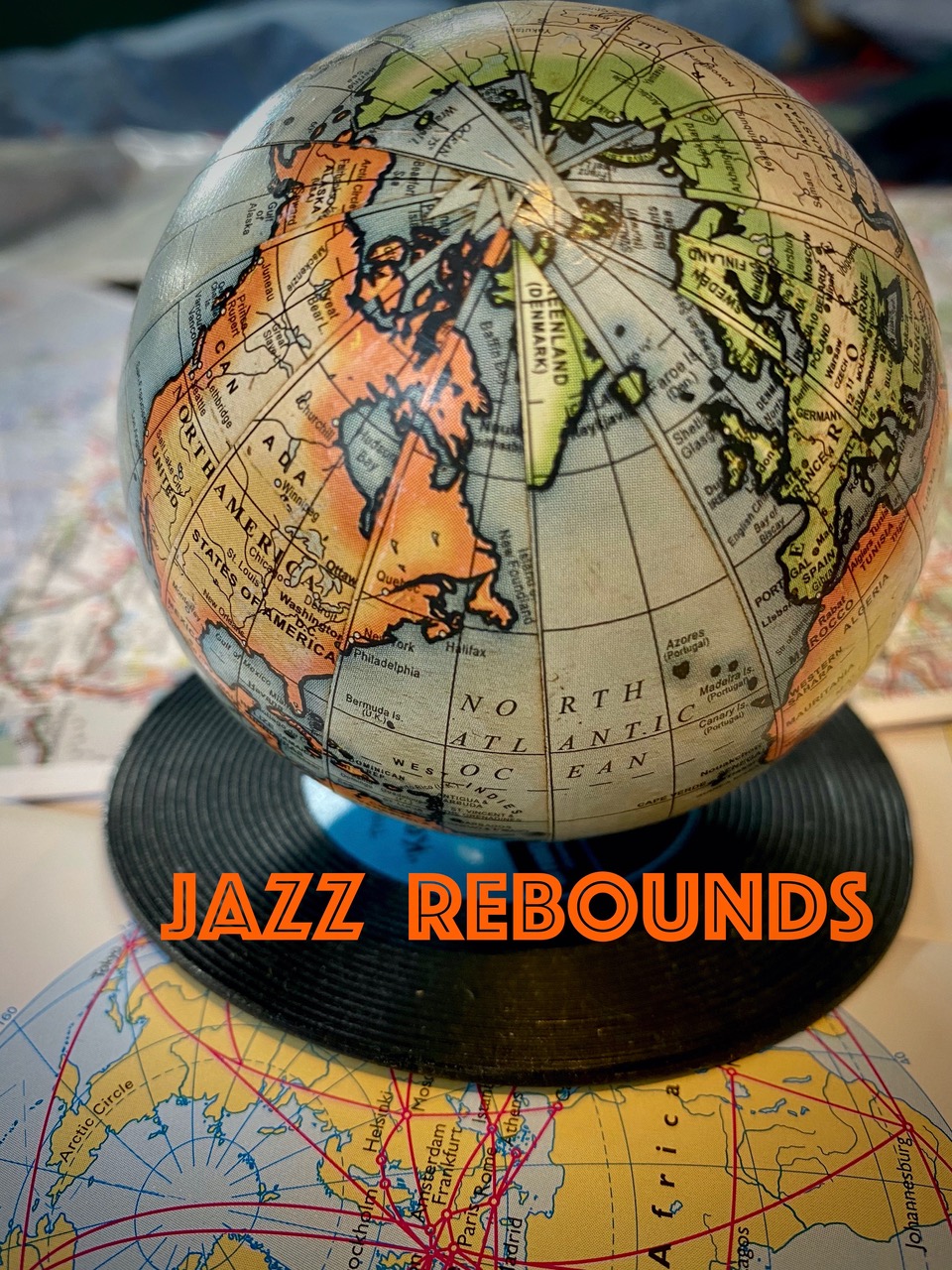“Because the pandemic pauses the present, it forces us to live in the future. The question I asked myself . . .is the question so many Americans are all pondering today: Who will emerge intact from the pandemic purgatory, and who will not?”—Derek Thompson, “The Pandemic Will Change American Retail Forever“, The Atlantic, April 27, 2020
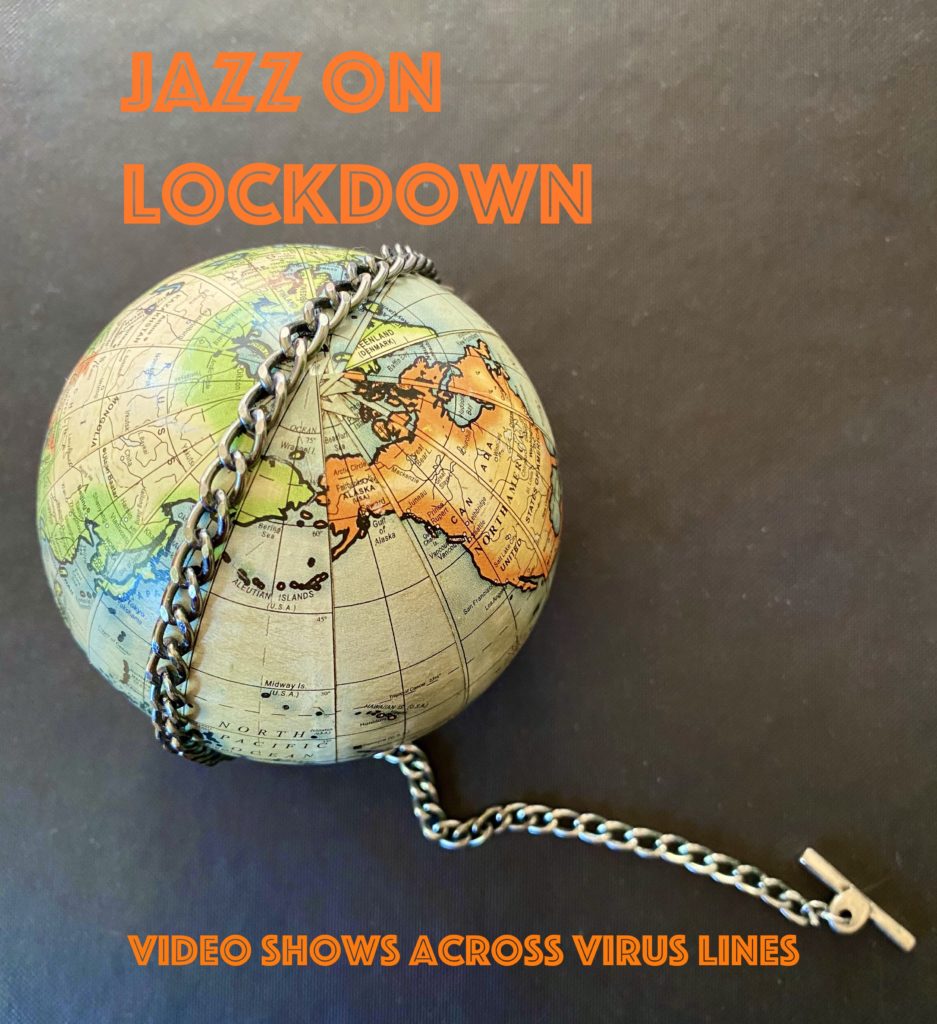
Based upon consulting with business owners, and others who track and analyze consumer and business behavior, Thompson draws a vision of our future: how health concerns are changing our feelings about physical closeness and population density, reshaping the functioning of businesses at all levels, and presenting challenges that many businesses without resources or luck won’t survive. While his “oncoming future” vision has serious and manifold implications for the performing arts, his article does not address the arts at all.
Elsewhere, there has been press coverage of how some parts of the music industry are being affected by the virus crisis: large popular-music festivals, major concert promoters and other sizable entertainment-biz entities; symphony orchestras and opera companies. So far, most journalism I have seen about the jazz sector has focused on efforts by musicians to maintain short-term financial and expressive viability by presenting work online.

Locales and individuals worldwide have begun formally and informally experimenting with loosening anti-contagion measures; much attention has clearly been turning to what the future might be, and how to move through it. It is time for some informed consideration of how jazz might be affected.
For arts-policy makers, curators, artists, and others in the jazz-culture ecology and beyond, there could be utility in “detailed imagining”, as journalist Brooke Gladstone put it in her radio interview with Atlantic magazine staffer Derek Thompson: in envisioning “what are different futures we can nudge our people toward”. The arts sector includes organizations and institutions that can gather and analyze data, spark thought and discussion, and take action to foster and support the future health and vitality of jazz—and the arts sector generally—as we contend with the current reshaping of our future cultural and business environment.
It is time for those efforts to begin. Taking Thompson’s article as a starting point, here are a few suggestions of areas to monitor and report on.
Restaurants and bars: Thompson cites an April economic survey of several thousand small businesses including hotels, theaters, and bars, which found that just 30 per cent of them expect to survive a lockdown that lasts four months (as I write this, a number of America’s major population and business centers are in the second third of that period). Even if mandated anti-contagion measures for businesses are lifted soon, there will probably be a period of informal “crowd-shunning” due to fear of health risks posed by proximity to strangers for the length of a meal or a glass of wine, or a set of music.
No one yet knows how long and how sharp this depression of attendance will be. While jazz has long been heard in concert halls, it is also a music of bars and bistros, of galleries and chamber spaces (this is also true, of course, of many other music genres and of other performance arts). What will the business and cultural impact be of radically fewer venues and sharply smaller attendance, as we wait for effective and widespread vaccination and “herd immunity” to develop and ease fears? What coping measures are evolving and emerging, beyond online activity? Which of those measures are effective, and deserve support?
Cities:Thompson foresees deep changes to America’s cities:
- …in the past few years, American cities have begun to exhale many residents, who have moved to smaller metros and southern suburbs. As with so many other trends, the pandemic will accelerate that exodus. Empty storefronts will beget empty apartments on the floors above them. The American cities waiting on the other side of this crisis will not be the same. They will be “safer” in almost every respect—healthier, blander, and more boring, with fewer tourists, less exciting food, and a desiccated nightlife. The urban obsession with well-being will extend from cycling and salads to mask design and social distancing. Many thousands of young people who might have giddily flocked to the most expensive downtown areas may assess the collapse in living standards and amenities and decide it’s not worth it.
If, in the future, mass numbers of people choose to not flock to cities, will the listening culture of jazz find ways to flourish in places where those folks are? Cities and other large gathering places have long been critical to the creating, receiving, and mediating of art, due to their role as sites where goods could be efficiently exchanged, information readily shared, and all manner of person-to-person activity cultivated. Nowadays, for many human activities, technologies have lessened our need to gather; when gathering also poses health concerns, the very value of cities—and the group activities they foster—may be questioned.
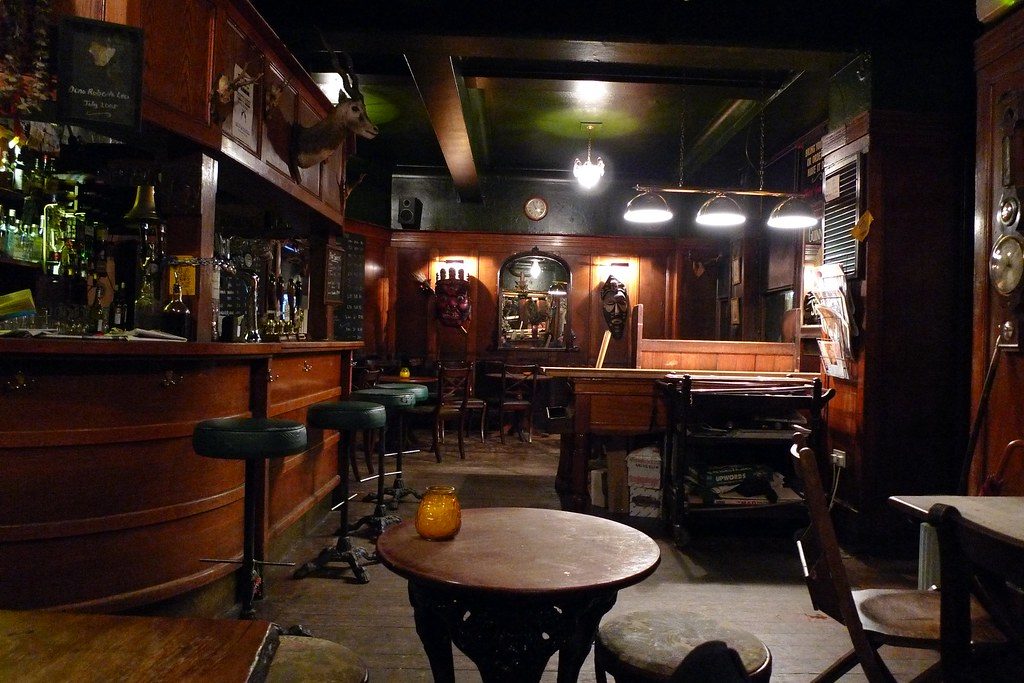
Arguably, some technological developments—pervasive and inexpensive access to recordings; increased technical ease of crafting “ear candy” music—have disadvantaged jazz and other “art music” and “roots music” genres, by forcing the in-person witnessing of music into “special event” or “luxury” status. Music that depends on real-time creation, interaction and interpretation for much of its meaning and dramatic impact may not translate so well shoehorned into five-inch screens and squeezed through Bluetooth earbuds, but those may be the main post-COVID venues. Will it take intentional concerted effort to preserve space for jazz in the virus-attacked cultural environment?
Yet, with time, even pandemics can pass. If, as Thompson suggests, future re-valuing of urban areas leads to them becoming more affordable for a wider range of people, that could catalyze a resurgence of cities as “creative opportunity zones” as has occurred in various places and times in the past. What role might jazz might play in such a process?
Travel: Performers and audiences alike must be able to reach venue sites. Whether serving cities, regions, or countries, public transit presents risks of contracting and spreading infection, but when compared to (more socially distant) private automobile driving, those transport modes are often the most feasible options cost- and time-wise. Local and regional mass transit ridership rates—once systems reopen service to the general public—should provide useful secondary insight into the business viability of the in-person arts sector in cities and regions with those services, and serve as an index of the public mood more generally.

Flickr.com
For performers who must fly—for instance, to the starting point for regional “string of dates” bookings reached by rental car—the condition of the passenger airline industry will be watched closely. Due to both official and unofficial reactions to the virus crisis, U.S. and international air travel has dropped by over 90%, resulting in deep and widespread service cuts; the airline industry may be in for structural-level change over the next few years.
Flight availability, costs, cancellation policies, etc. will be unstable for a while, possibly adding difficulty to the already challenging process of setting up tours. Could private or public measures be created to help arts communities cope with any of this?
In the United States, locales with sufficient jazz audiences can be far enough from a “home base” or from each other to require artists to fly. This is a bit different from much of western Europe, where an extensive train system serves cities well enough to make tours viable for “mid-level” artists, and where some surprisingly small towns have audiences willing and able to support jazz with their ticket purchases, aided by stable government support of venues.
One result of all this is that a notable segment of American jazz performers depend on European touring for a significant portion of their income. As Italy—and other European countries that are ahead of the U.S. in their COVID-19 progression—allow more in-person business to operate, the degree and pace of their performing arts sector’s recovery will directly affect many American performers’ income prospects.
This recovery may be long and difficult, given that Europe is facing “a recession of historic proportions“. Will a substantial level of local, regional and national financial support for the arts in Europe survive the virus crisis? Under budgetary pressures, will countries institute protectionist policies that favor their citizen artists over those from other countries or continents?
There are other areas that deserve to be studied and thought about as they are reshaped by the virus crisis—music education comes to mind—but perhaps the ones I’ve mentioned are sufficient to spark some work. Art makers and other ground-level cultural workers who are managing to keep their heads above water are scanning the horizon; it would be helpful to hear the perspectives of those with good telescopes, perched on higher vantage points “all along the watchtower”.
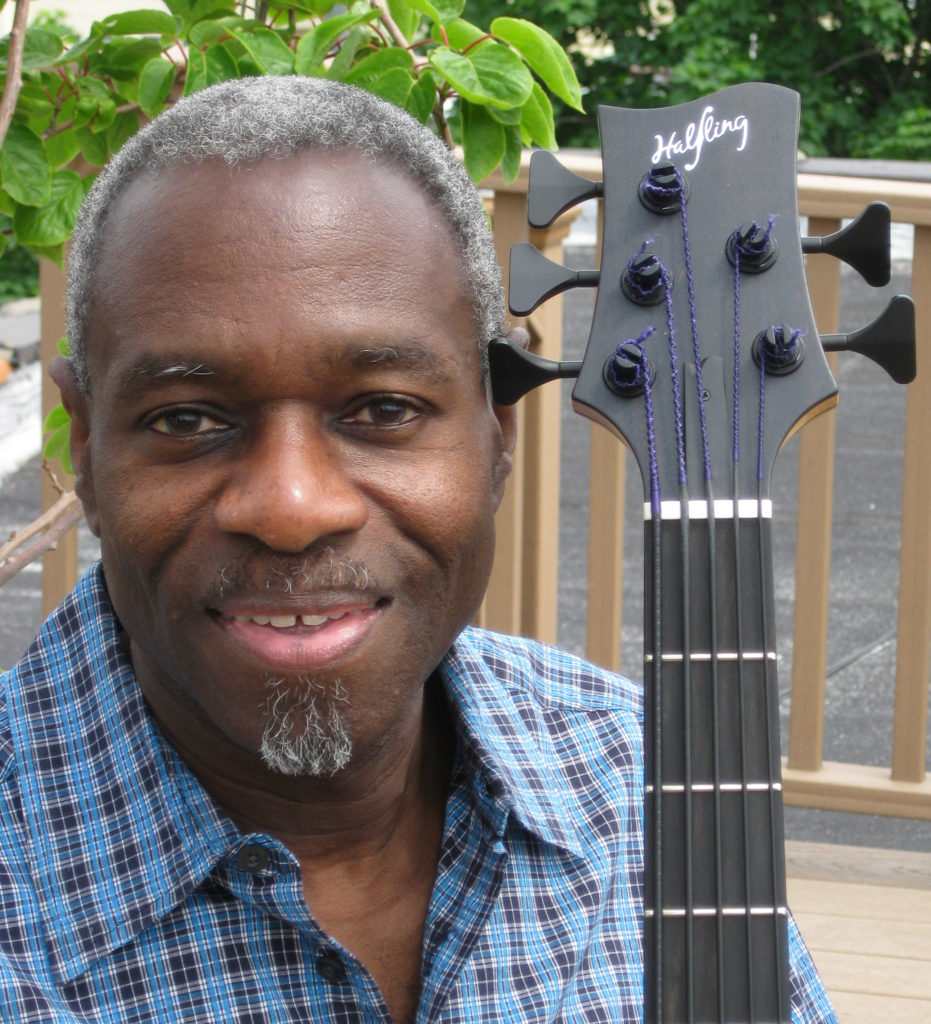
[Ed. note: Jerome Harris, guitarist and bass guitarist, performed with Sonny Rollins from 1978 into the mid ’90s; his own album Hidden in Plain View (1995) is a tribute to Eric Dolphy. He’s the author of “Jazz on the Global Stage,” an essay in the collection The African Diaspora: A Musical Perspective, edited by Ingrid Monson.]

